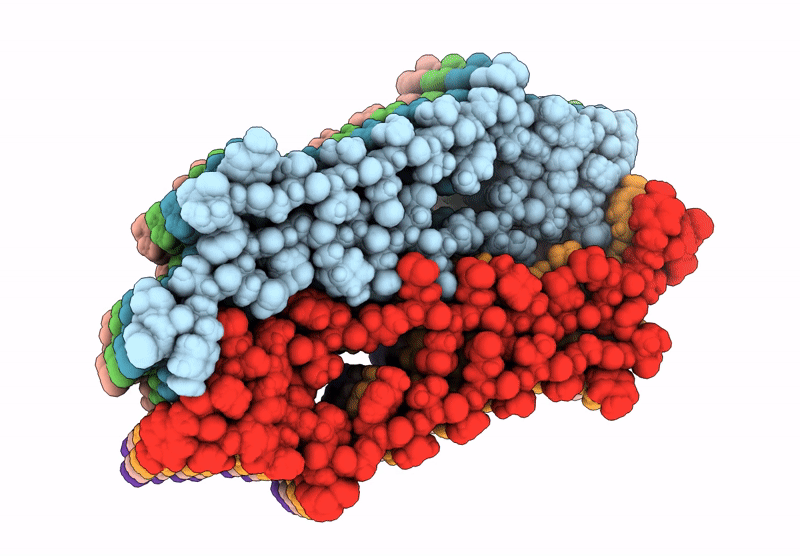
Deposition Date
2020-06-15
Release Date
2020-10-07
Last Version Date
2024-03-06
Entry Detail
PDB ID:
6XFM
Keywords:
Title:
Molecular structure of the core of amyloid-like fibrils formed by residues 111-214 of FUS
Biological Source:
Source Organism:
Homo sapiens (Taxon ID: 9606)
Host Organism:
Method Details:
Experimental Method:
Resolution:
2.62 Å
Aggregation State:
HELICAL ARRAY
Reconstruction Method:
SINGLE PARTICLE


